Flat wire is a type of wire that has a rectangular or square cross-section, as opposed to the round cross-section of the traditional wire. It is commonly used in a variety of applications, from electrical components to jewelry making. But how does flat wire work? In this post, we will explore the properties and applications of flat wire in detail.
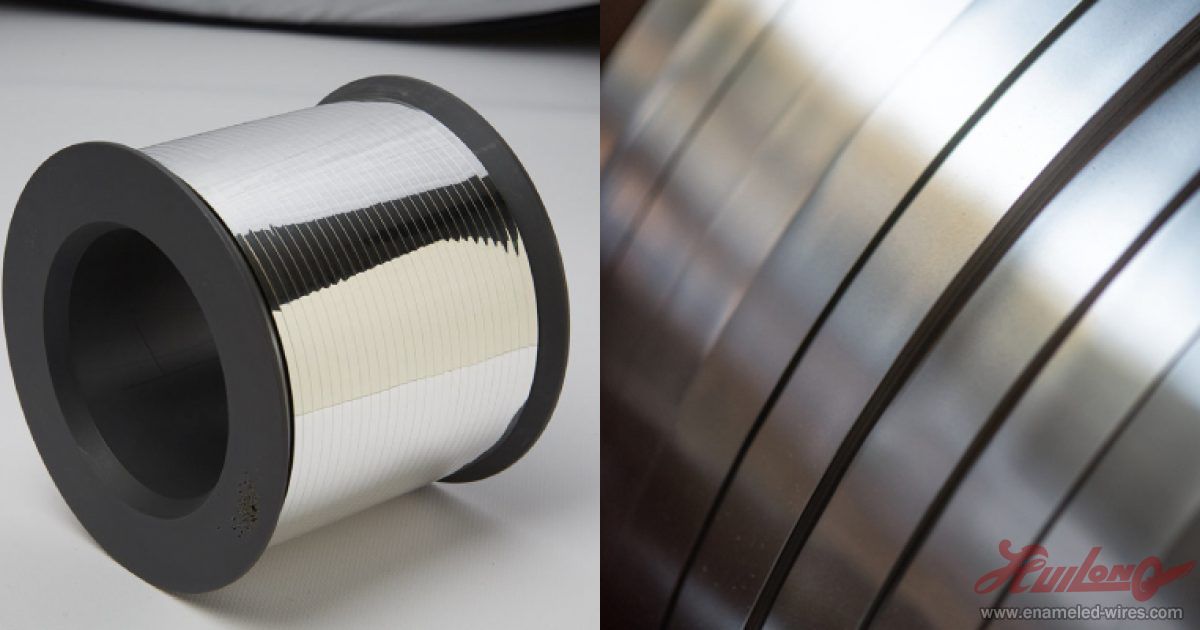
Flat wire is made from various materials, including copper, aluminum, and stainless steel. It can be produced by drawing or rolling the metal through a series of dies to achieve the desired cross-sectional shape. The resulting wire is typically thinner than the round wire of the same width, making it more flexible and easier to shape. Additionally, the flat surface of the wire provides a larger contact area than round wire, which can be beneficial in certain applications.
From electrical components to jewelry making, flat wire is used in a variety of applications. Among the most popular uses are:
Medical Devices: Additionally, flat wire is used in the manufacturing of stents and catheters, two examples of medical equipment. These applications are a good fit for it thanks to its flexibility and compact size.
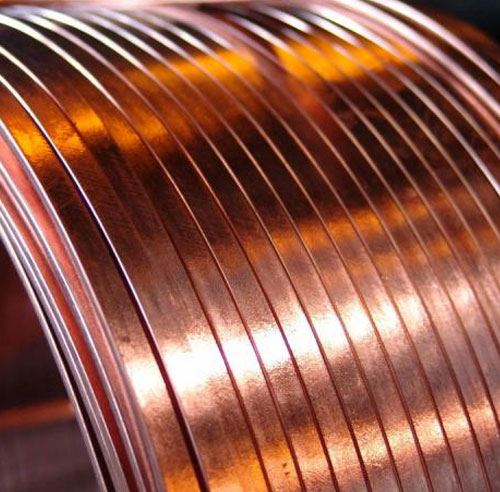
Flat wire offers several advantages over the traditional round wire, including:
Unique Appearance: Flat wire has a unique appearance that can be used to create intricate designs in jewelry and other decorative applications.
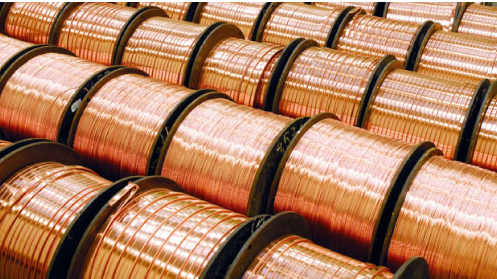
While flat wire offers several advantages, it also has some disadvantages, including:
Flat wire is a versatile and flexible material that is used in a wide range of applications. It offers several advantages over the traditional round wire, including a larger contact area and greater stability in springs. While it may be more expensive to produce and not as widely available, its unique properties make it a valuable material in many industries.
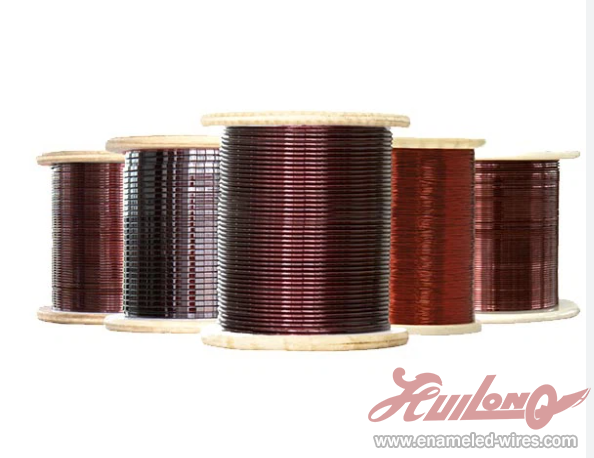 Enameled Aluminum Wire
Enameled Aluminum Wire
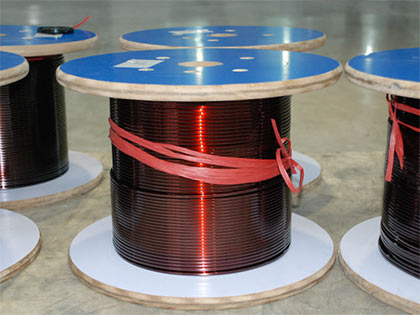 Enamelled Copper Wire
Enamelled Copper Wire